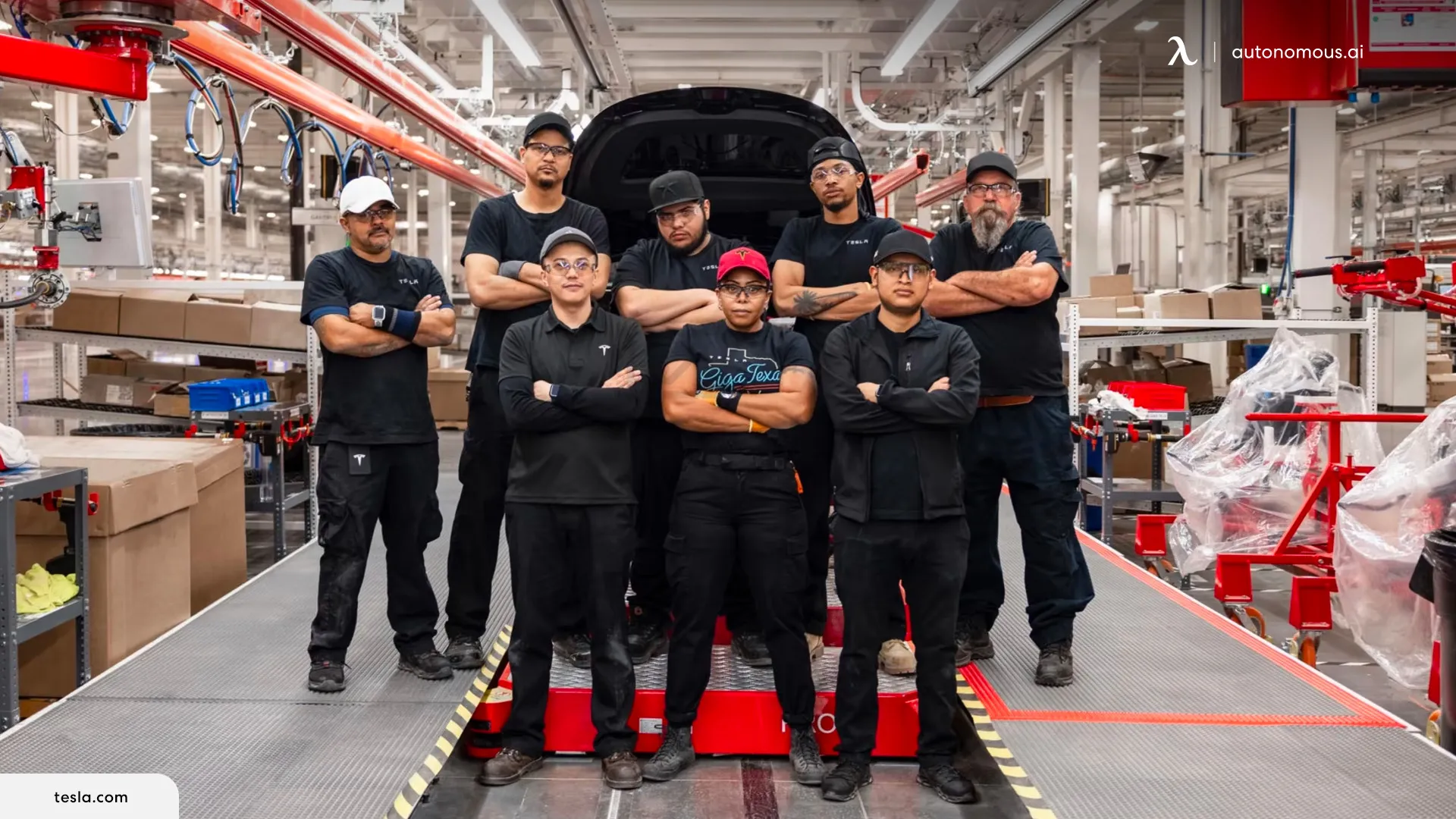The untimely demise of Tesla recruiter Hans von Ohain in a collision involving a Model 3 on a route in Colorado’s mountains has prompted serious concerns about the reliability and security of Tesla’s autonomous driving technology. Ohain’s buddy Erik Rossiter, who was in the car when it crashed and erupted into flames, reportedly told The Washington Post that Ohain was using the Tesla’s auto-drive option when it went off the road and smashed into a tree.
Investigators observed that although Ohain’s blood alcohol content was more than three times the legal limit at the time of the disaster, the occurrence did not follow the usual pattern of a drunk driving crash. It was possible that the driver-assistance feature was activated at the time of the collision because there were rolling tire marks and no skid marks.
The subsequent intense fire that consumed the car and resulted in the determination of Ohain’s cause of death as a result of heat injuries and smoke inhalation raised questions over the safety of Tesla’s lithium-ion battery cells, which are located in the vehicle’s underside.
Nora Bass, the widow of Ohain, acknowledged her husband’s faith in Elon Musk’s autonomous car vision, but she also chastised Tesla for its lack of comment on the incident, implying that they were “just guinea pigs” testing the technology under false pretenses of safety.
Tesla stresses that a fully attentive driver who is ready to take control at any time is required for its present self-driving technology. Although Tesla’s Autopilot technology—which is intended to be used on highways—has been implicated in multiple collisions, the Full Self-Driving technology, which is intended to guide Tesla vehicles through almost any situation, has not been conclusively linked to any fatalities.
The death of Hans von Ohain underscores the ongoing challenges and ethical dilemmas surrounding the development and deployment of autonomous driving technologies, raising important questions about responsibility, transparency, and the true capabilities of these systems.

